In charts: how chicken went from luxury to staple
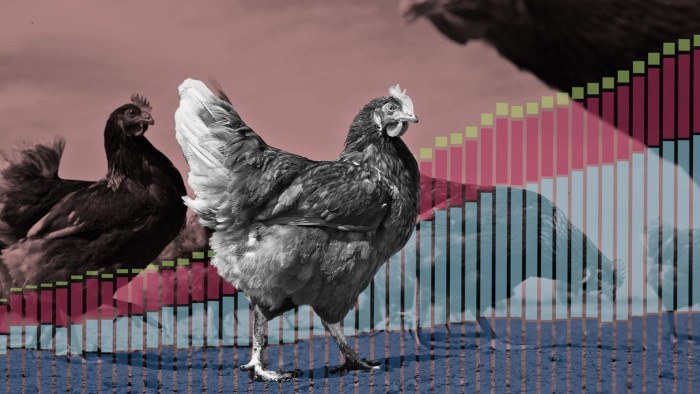
Roula Khalaf, Editor of the FT, selects her favourite stories in this weekly newsletter.
Few foods better exemplify the transformative power of the modern food system than chicken. Consider the UK’s experience: within living memory, the way chicken is produced and consumed has changed dramatically, so that what was once a rare and expensive treat has become an everyday staple.
But this is only part of a global trend. Today, chicken outstrips any other meat consumption worldwide.
One Must-Read
This article was featured in the One Must-Read newsletter, where we recommend one remarkable story each weekday. Sign up for the newsletter here
The expansion of the poultry industry, which started in the US in the late 1940s and 1950s, spread first to the UK, Europe and Australasia in the 1960s and 1970s, and then to Asia and north Africa in the 1990s and 2000s. In 2019, global poultry consumption overtook that of pork for the first time.
Driving this process have been revolutions in agriculture, processing, retail and consumption. Together, these changes have turned the chicken, a natural organism, into a uniform component of an industrial production system that can deliver vast volumes of meat at low cost.
Chickens convert feed to meat more efficiently than pigs or cattle and are therefore cheaper to raise. Global poultry production reached 136mn tonnes in 2020, and growth is predicted to continue. There are an estimated 66bn broiler (intensively farmed for meat) chickens at any one time, amounting to eight per person on the planet.
The UK illustrates many of these developments. Before the second world war, poultry meat was almost entirely a byproduct of the egg industry. Most birds that ended up on the dinner table were spent egg-layers or surplus cockerels, and the amount of poultry produced for meat was tiny. Devon’s largest egg packer processed only 20-30 chickens a day throughout the 1930s, a small fraction of its egg-laying and other agricultural businesses.
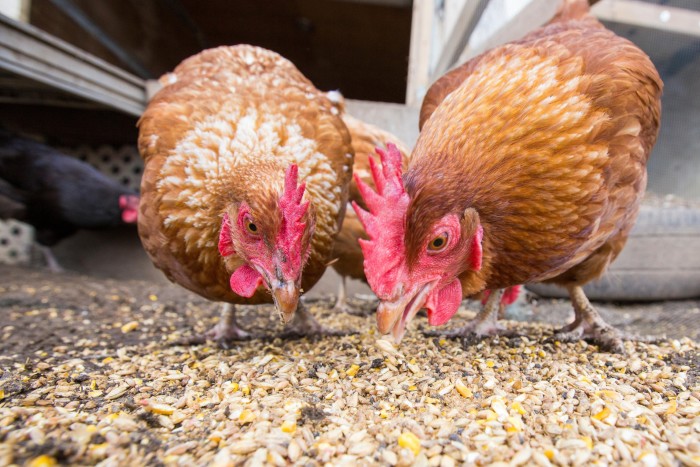
During the war, restrictions on feedstuffs limited any expansion of the poultry industry but, when these were lifted in 1953, this started to change. Following the example of the US, broiler sheds were introduced and growers started using breeds suited for meat rather than egg production.
At the time, meat consumption was dominated by pork and beef. Average weekly poultry consumption in Britain in 1950 was less than an ounce (28 grammes), compared with eight ounces for beef and five ounces for bacon and ham. As the number of broiler farms increased and the price of poultry fell from the 1960s onwards, red meat consumption dipped and poultry consumption increased. By the 1980s, weekly consumption of poultry was at seven ounces, overtaking red meat for the first time.
The rapid expansion of poultry production relied upon developments in science and technology to increase yields and drive down costs. Intensive rearing regimes, where heat, space, feed and light are carefully controlled, created a uniform bird and maximised growth, while also allowing for significantly larger flocks. In the 1950s, UK farmers reared poultry in flocks of less than 500 birds. By 1966, 48 per cent of flocks comprised 50,000 birds, and today UK flock sizes can reach 100,000.
Improvements in breeding science and nutrition resulted in fast-growing birds and efficient feed conversion ratios (FCRs — in effect, how many units of feed weight are needed to yield one extra unit of bird weight). In 1925, the average broiler when ready for slaughter was 112 days old with an average weight of 2.5 pounds (1.1kg), a 4.7 FCR and an 18 per cent mortality rate (that is, birds dying before achieving slaughter weight). By 2013, the mortality rate had fallen to its lowest point — just 3.7 per cent — and birds were reaching a slaughter weight of 5.92 pounds in 47 days with a 1.88 FCR.
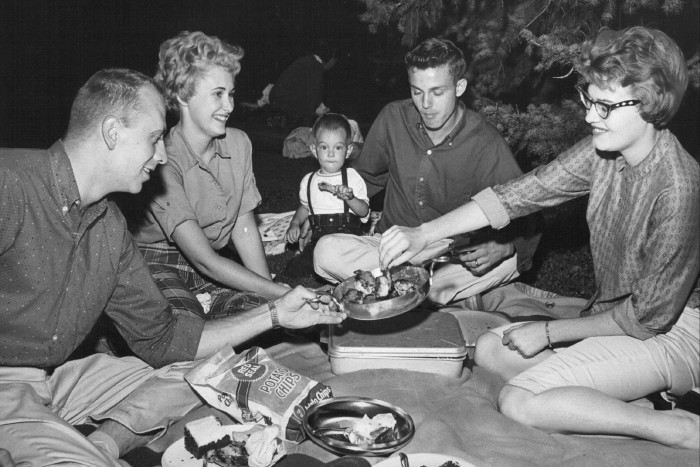
More efficient processing has also been instrumental in the expansion of production and consumption. In the 1950s, poultry were plucked with machines but still required hand-finishing. As volumes increased, investment in automation meant more throughput, from 100 birds per hour in the 1950s to 6,000 in the 1960s. Today, poultry are processed at the rate of up to 12,000 an hour.
All of these changes drove down the cost of chicken for UK consumers, from 60p per pound in the 1950s to 40p in the 1960s — helping to persuade them to swap from red meat to chicken. But price was not the only factor at work: convenience also played an important part. When the industry was first established, most chickens in the UK were sold frozen as oven-ready birds for roasting. With the evolution of the cold chain — integrated refrigeration from processor to retailer to home — chicken was increasingly sold chilled, then portioned, and then, by the late 1970s and 1980s, as part of a burgeoning ready-meals offer.
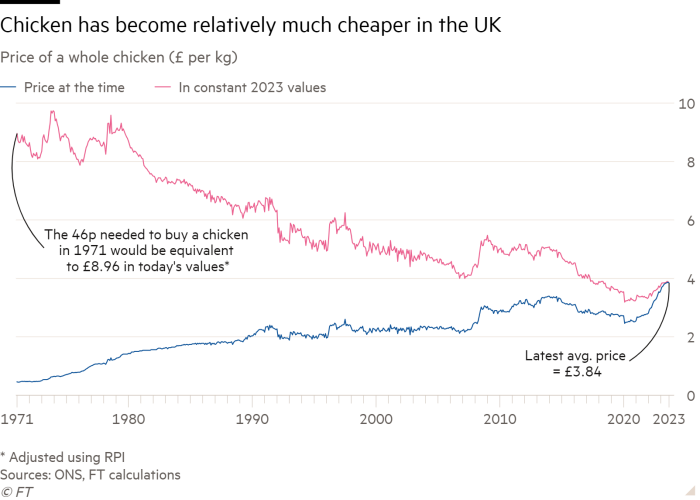
Cheap meat, however, comes at a high environmental cost. Such concerns are nothing new; indeed, they parallel the rise of such intensive food systems. As far back as 1962, Rachel Carson’s book Silent Spring drew attention to the impact of industrial farming on biodiversity.
A key problem is feed, which, according to Avec, the EU’s poultry trade association, accounts for 50-60 per cent of the sector’s greenhouse gas (GHG) emissions, with soya a particular culprit. More than three-quarters of the world’s soya crop is used for animal feed, of which just under half goes to the poultry sector, and increased demand for soya has been responsible for significant deforestation. To produce 100 grammes of chicken breast requires approximately 109 grammes of soya.
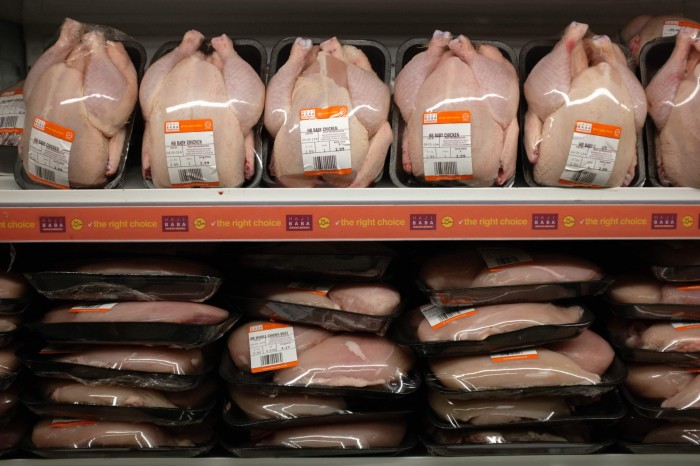
Waste materials such as poultry litter and manure can pose a serious threat to environmental and human health: they can contain pesticide residues, microorganisms, pathogens, pharmaceuticals (including antibiotics), hormones, metals and other pollutants, with the potential to contaminate the air, soil and water. Scientists say that antibiotics used in meat production are also fuelling the growing problem of antimicrobial resistance.
Chicken manure is rich in ammonia and phosphates, too, which — though fertilisers — are also a significant source of pollution. In the UK, serious concerns have been raised about the impact of poultry farming on the river Wye, with campaigners and academic researchers suggesting that waste from chicken farms is causing extensive algal blooms and a drastic decline in biodiversity. Producers have pledged to take steps to reduce phosphate run-off.
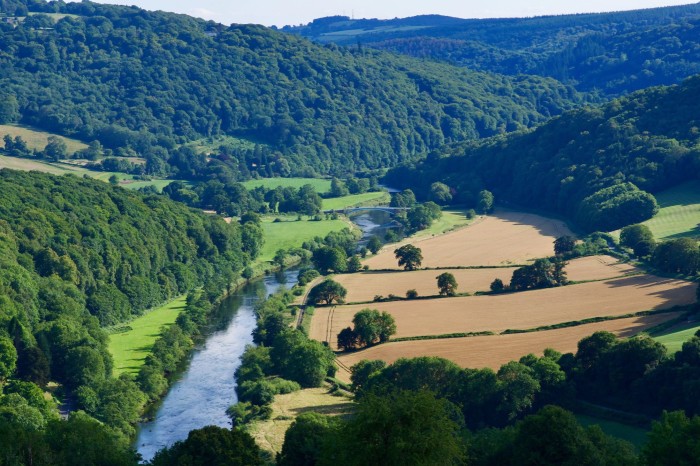
Broadly speaking, solutions to these problems fall into two camps.
In one are advocates of an agri-environmental transition, who argue for a big reduction in meat consumption to cut carbon emissions; a phasing out of intensive production in favour of free-range, organic and slower-growing poultry flocks; and diversifying feed away from soya to pea and insect protein. Eliminating intensive systems would also, they say, be better for the birds’ welfare.
In the other camp, advocates of the poultry industry argue that technological solutions are what will deliver sustainable production in future. These include ground source heat pumps; better ventilation systems and solar power to reduce broiler sheds’ carbon footprint; smarter automation; better chicken litter management; and feed diversification.
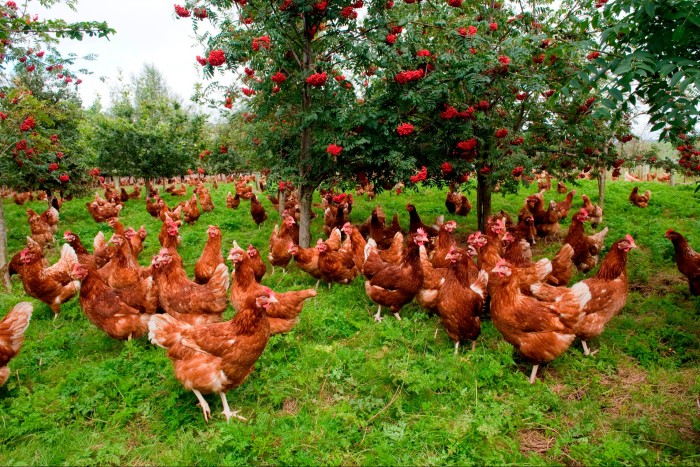
But, whichever approach is favoured, the UN’s Food and Agriculture Organization predicts that poultry will be the fastest growing meat sector during the current decade as populations grow and incomes rise. Finding solutions to the costs and risks associated with the industry therefore remains imperative.
Returning to a poultry-free diet, of the type that prevailed in the UK before the second world war, is highly unlikely: the chicken is definitely out of the coop. Intensive poultry production is one of the most efficient animal husbandry methods — with lower GHG emissions per kilo than other animals farmed for meat — and it provides nutritional security to a large part of the world population.
The challenge for regulators, and the industry, is to balance this with urgent environmental and health concerns. Providing incentives to reduce meat consumption and to encourage more sustainable production could significantly reduce the industry’s environmental impact — and allow the world to continue consuming poultry, without destroying the planet.
Polly Russell is head of the Eccles Centre for American Studies at the British Library and a food historian
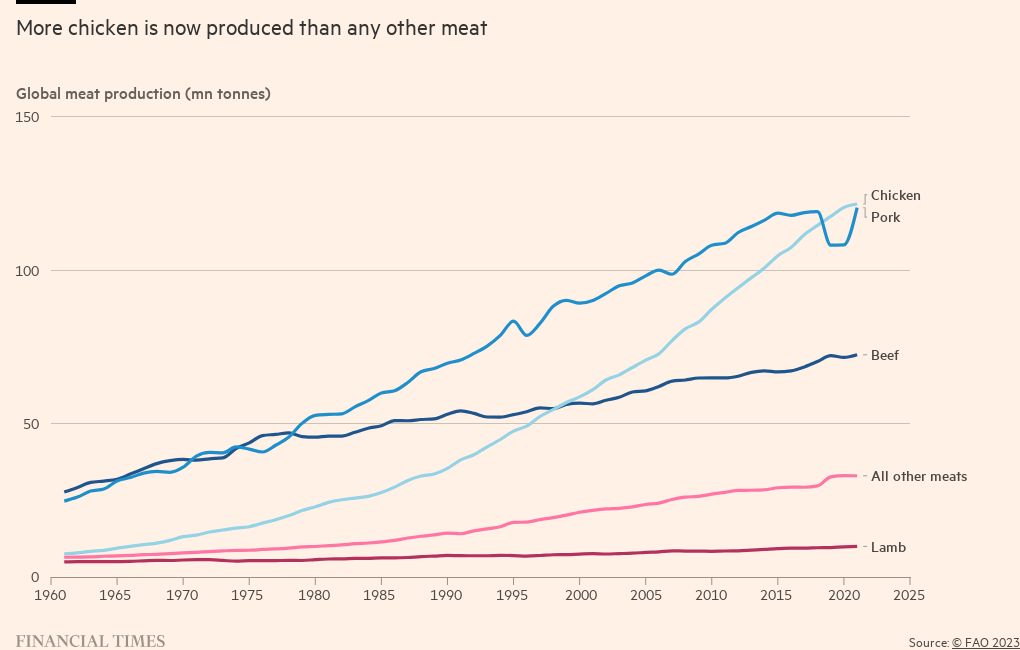
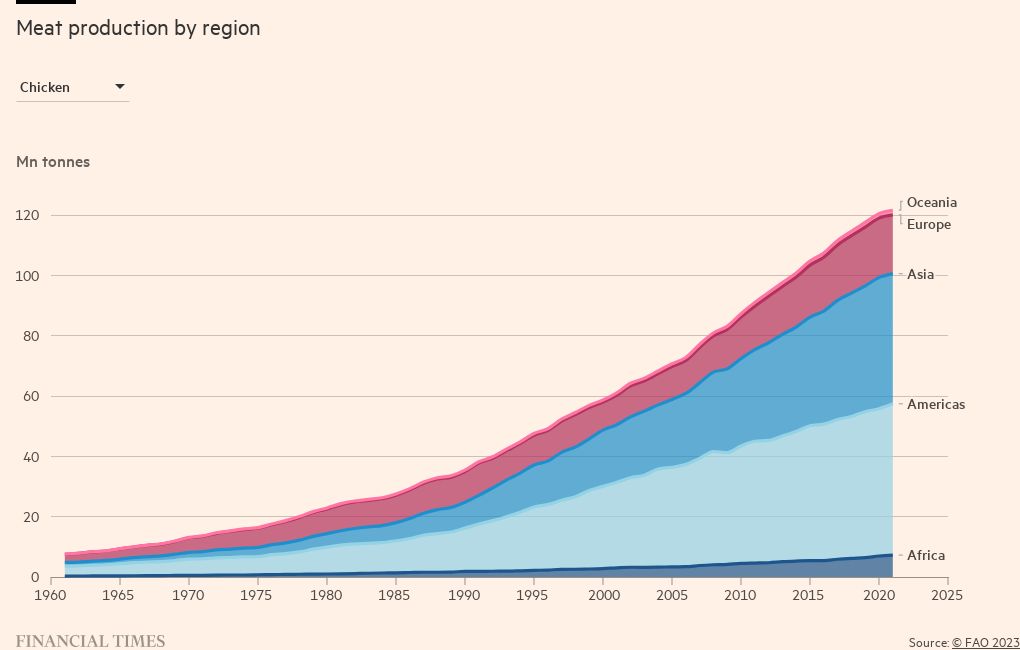
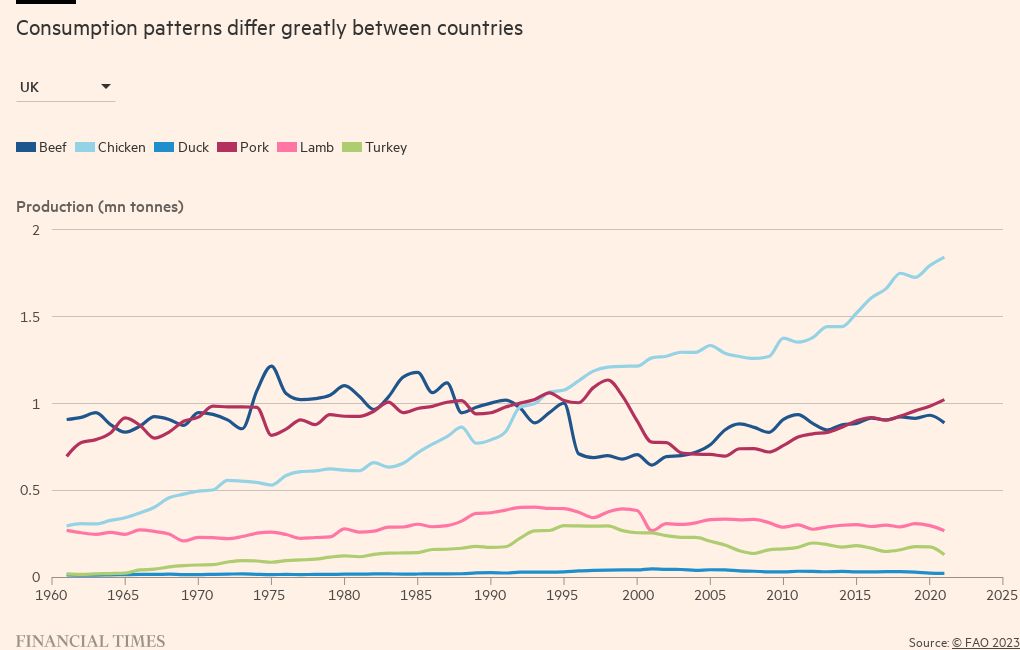
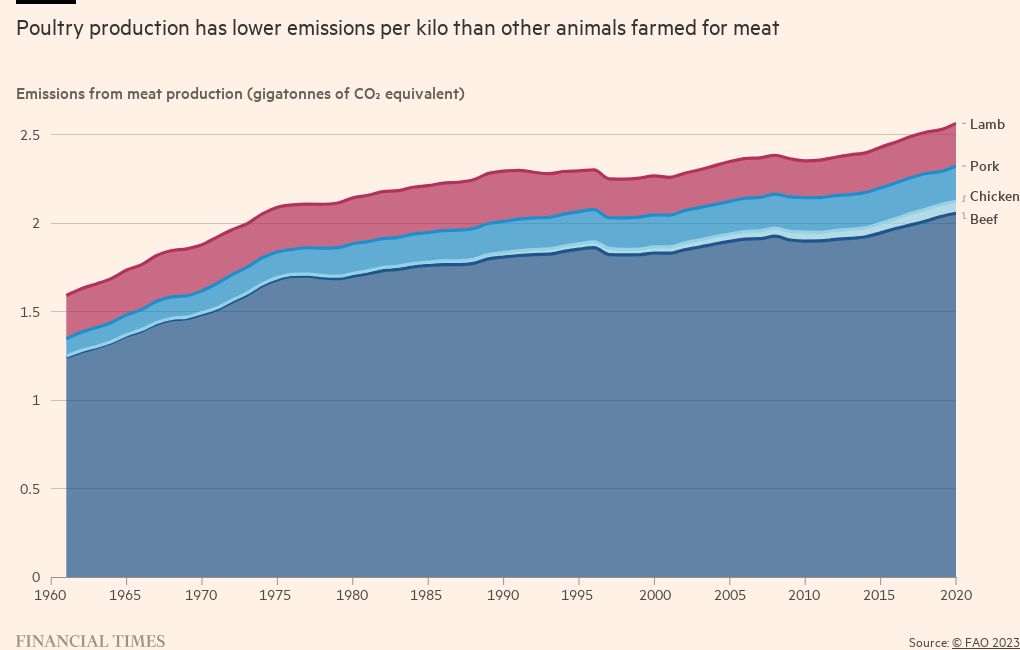
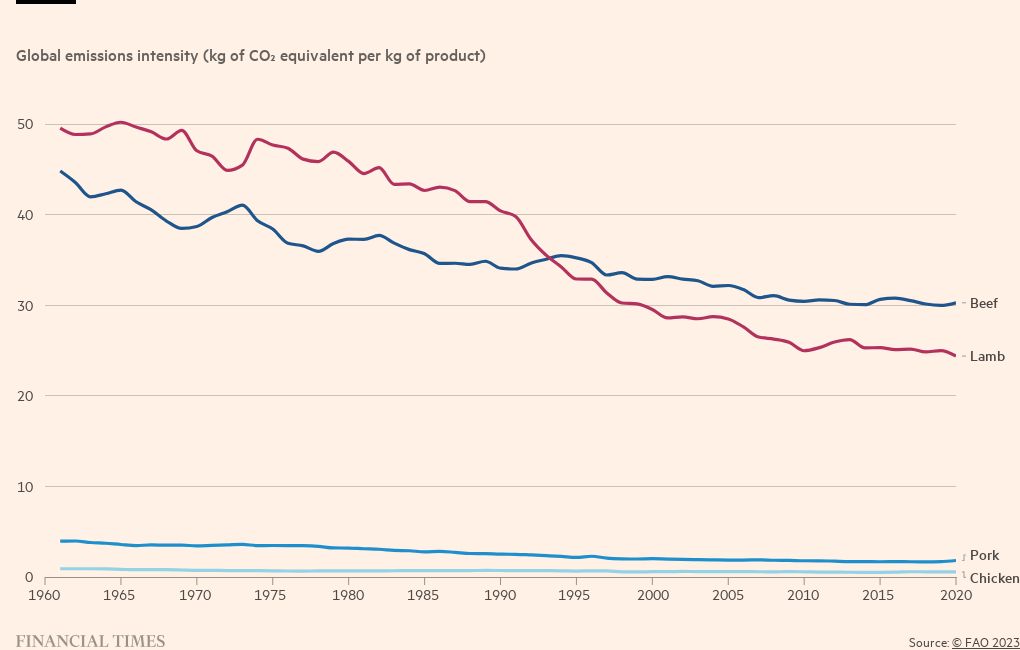
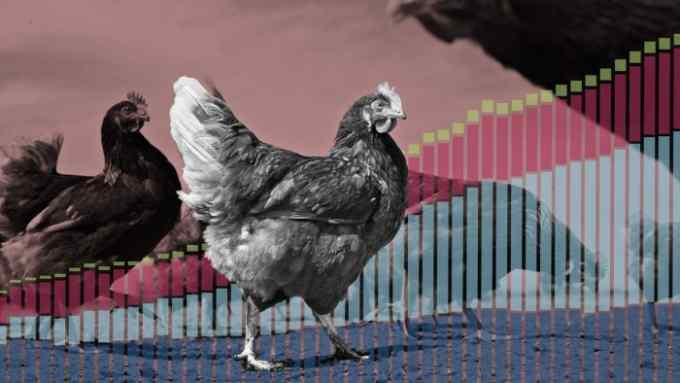
Comments